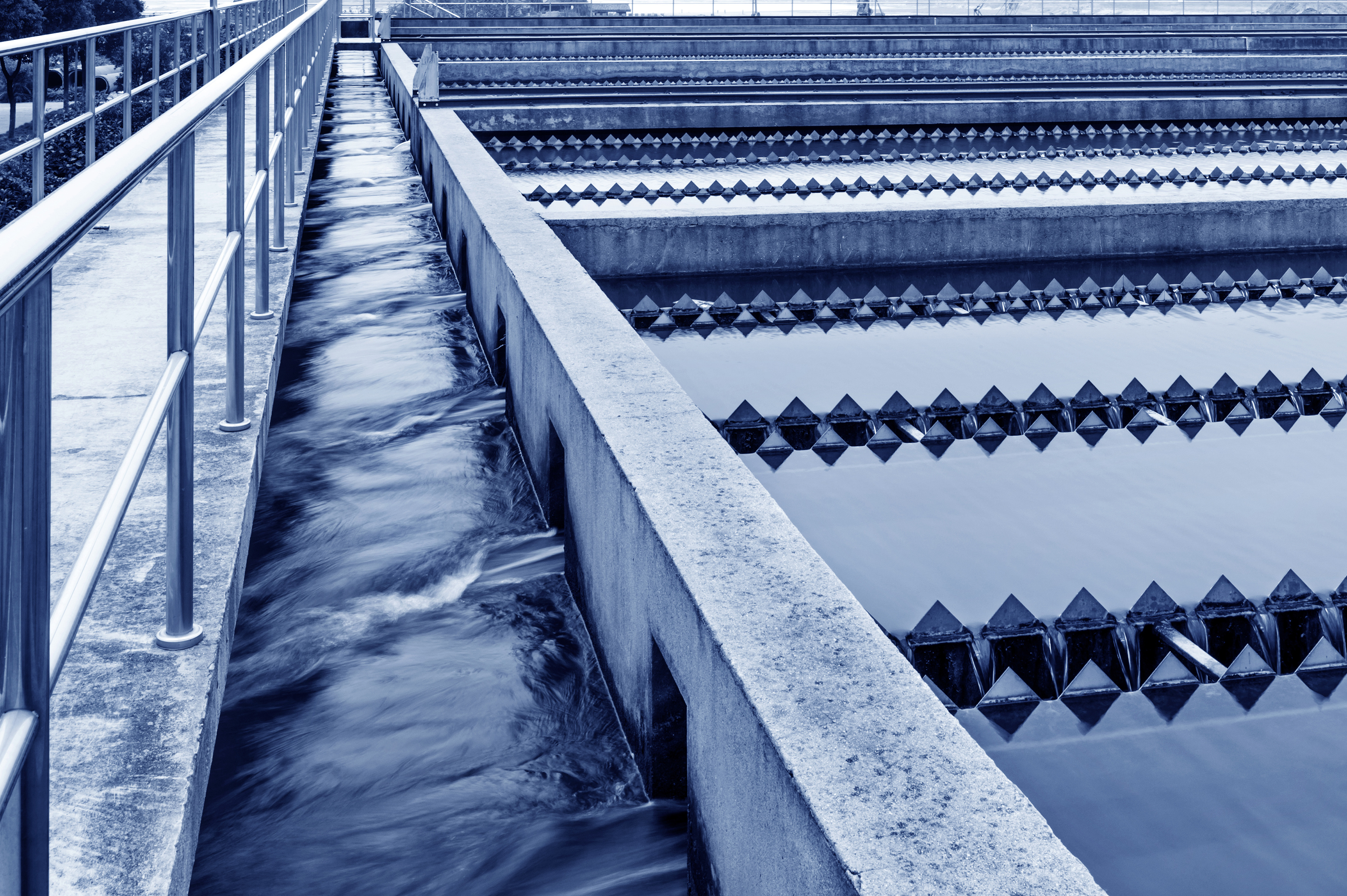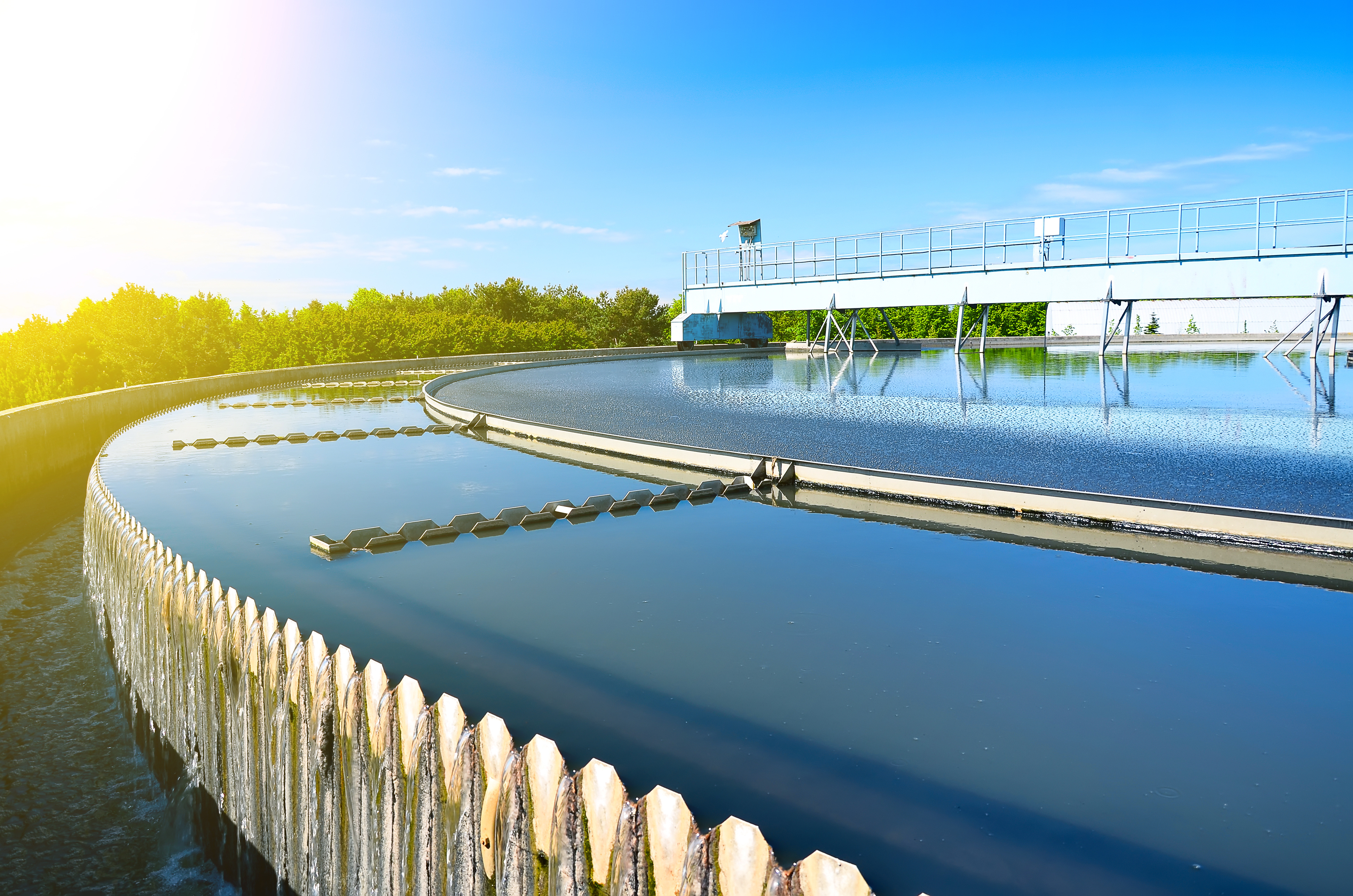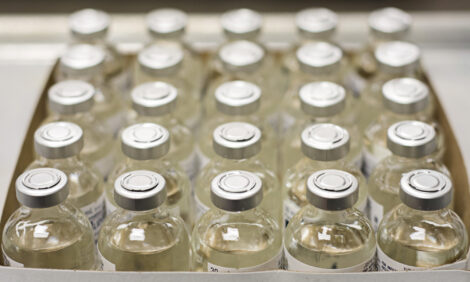



Low concentrations of peracetic acid found to be safe when treating wastewater from processing operations
Emerging research on the effects of peracetic acid (PAA) in poultry processing wastewater treatment systems found that adding up to 200/29 mg/L PAA/H2O2 to anaerobic reactors did not affect system performance, but higher and residual concentrations of PAA in wastewater warrant further study.
USPOULTRY and the USPOULTRY Foundation announce the completion of a funded research project at the Georgia Institute of Technology in Atlanta, Georgia, in which researchers evaluate the fate and effect of peracetic acid in poultry processing wastewater treatment systems. The research was made possible in part by an endowing Foundation gift from Sanderson Farms and is part of the Association’s comprehensive research program encompassing all phases of poultry and egg production and processing. A summary of the completed project is as follows.
Project #F086: Fate and effect of peracetic acid solutions on poultry processing biological nitrogen removal and anaerobic treatment processes
(Dr Spyros G Pavlostathis, School of Civil and Environmental Engineering, Georgia Institute of Technology, Atlanta, Georgia)
Peracetic acid (PAA) has been an effective antimicrobial agent in the poultry industry used predominantly in chillers. Recently, its use has been expanded to other unit processes as well. Residual PAA (PAA remaining after its reaction with wastewater constituents) may impact biological wastewater treatment processes, thus making it hard to meet effluent discharge requirements. Because of potential negative impacts on effluent quality and the rapidly increasing use of PAA in poultry processing plants, more detailed information relative to the fate and effect of PAA in poultry processing wastewater treatment systems is needed.

Peracetic Acid (PAA) remaining after its reaction with wastewater constituents may impact biological wastewater treatment processes. Thus, Dr Spyros G Pavlostathis and associates at the Georgia Institute of Technology recently completed a research project that aimed to evaluate the fate and effect of PAA in poultry processing wastewater treatment systems.
Overall, the results suggest that aerobic and anoxic organic matter degradation, as well as nitrification, denitrification and anaerobic degradation with poultry processing wastewater, will not be affected during the normal plant operation when residual PAA and Hydrogen Peroxide (H2O2) are not present in the wastewater.
However, nitrification, denitrification and anaerobic degradation will be affected when wastewater with high residual PAA concentrations are expected at the end of the plant operation shift due to emptying of chiller tanks, or in the case of accidental PAA solution spills.
The full research summary can be found on the USPOULTRY website.









